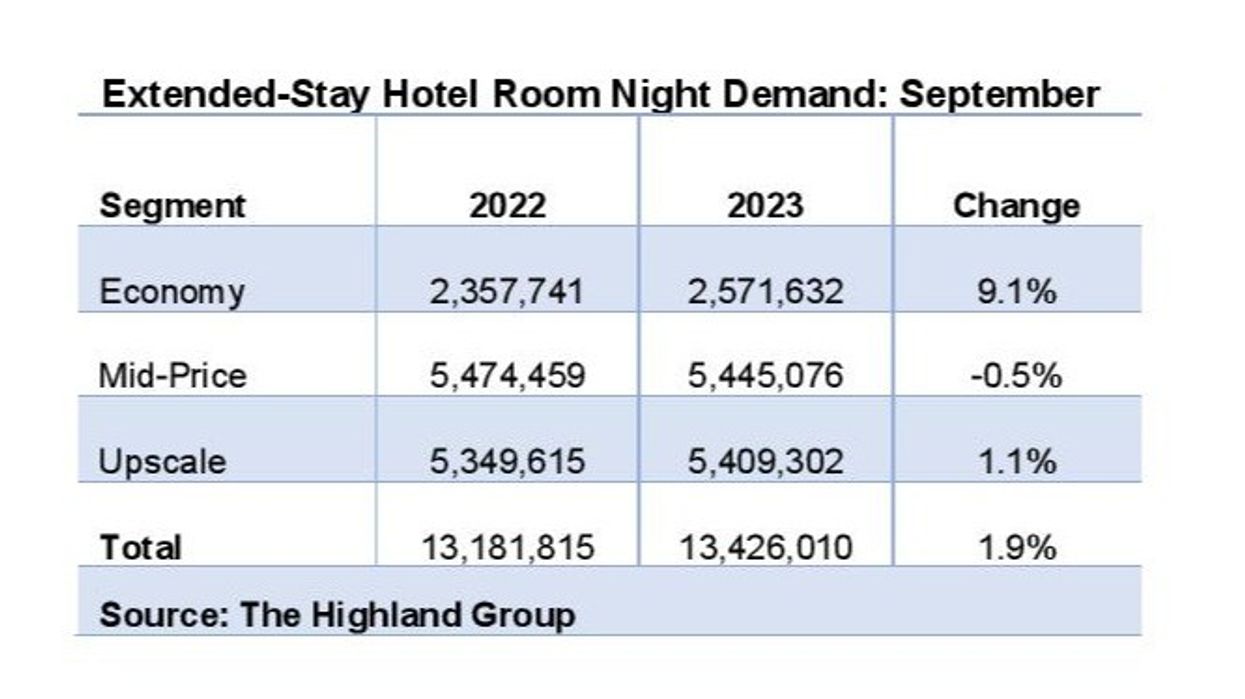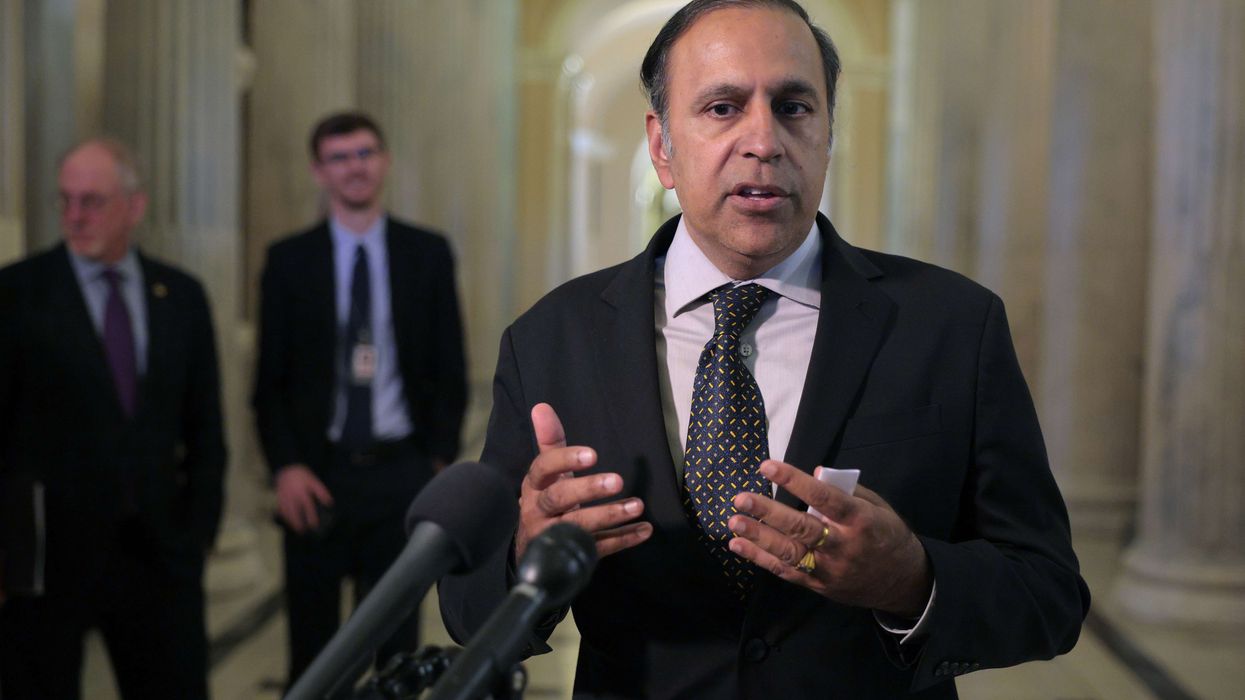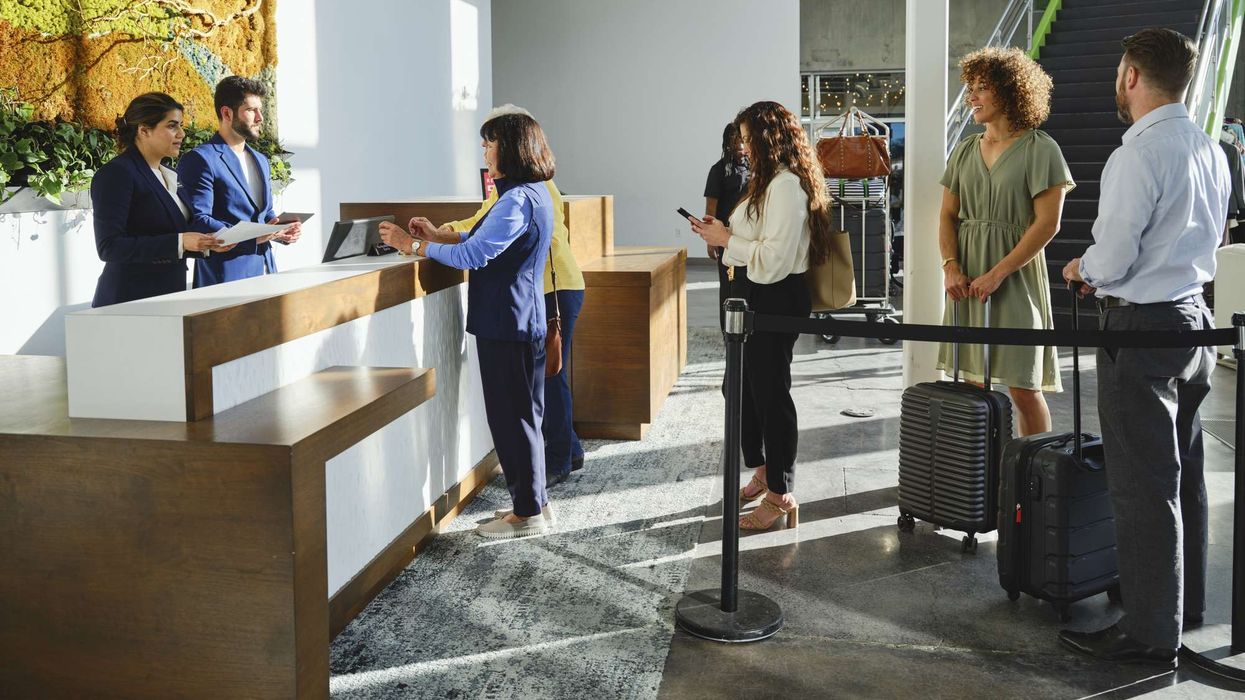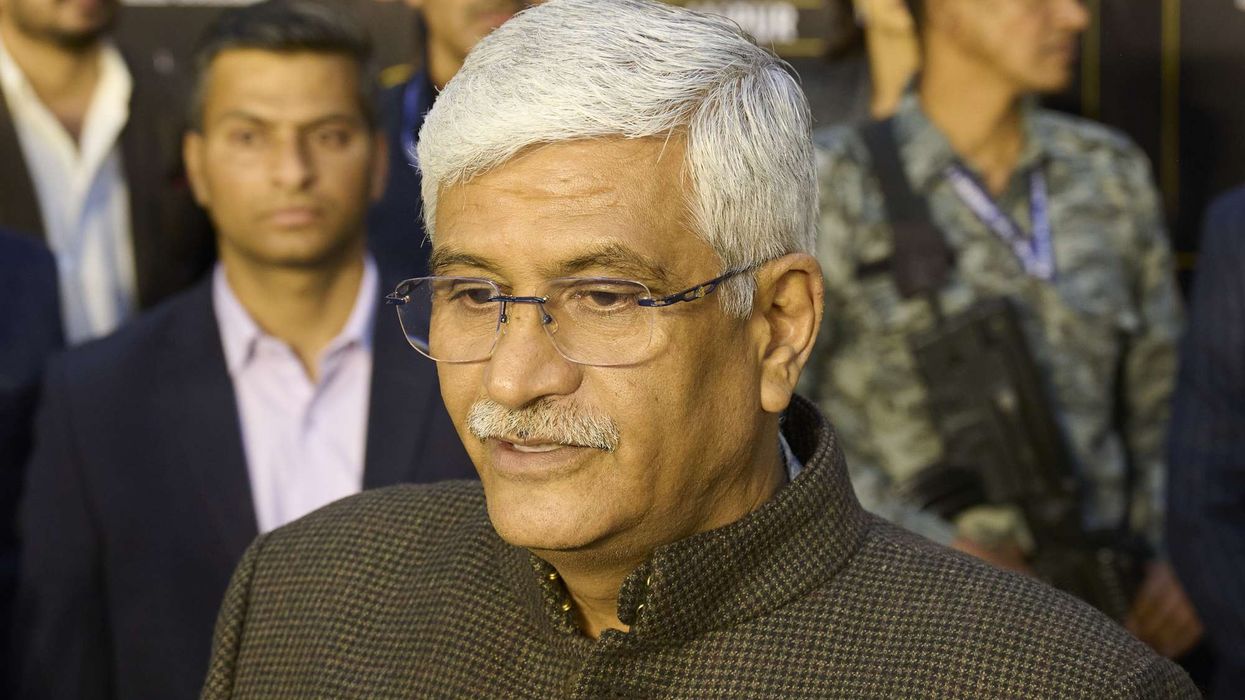EXTENDED-STAY HOTELS performance metrics bettered the overall hotel industry in September, according to The Highland Group. The extended-stay supply surged three times faster than all hotels during the month, though it remains lower compared to the long-term average. Moreover, the demand for extended-stay grew by 1.9 percent, while the overall hotel industry showed no growth as reported by STR/Costar.
The overall hotel ADR growth outpaced that of extended-stay hotels in September, primarily driven by the upscale segment, the report said. The midprice and upscale extended-stay segments also showed stronger RevPAR growth compared to the overall hotel industry. However, the decline in economy extended-stay hotel RevPAR offset the overall gain in the extended-stay sector. Economy extended-stay hotel RevPAR declined over the last six months, but the rate of decline has slowed, and it is anticipated to become positive in the near future.
According to the report, the 2.2 percent net increase in extended-stay room supply in September marks a slight uptick compared to the average of the past 15 months. There were two consecutive years of supply growth at 4 percent or lower during the month, significantly below the long-term average.
The 13 percent rise in economy extended-stay supply, along with a decrease in mid-price segment rooms, is mainly a result of conversions, it added. New construction in the economy segment is estimated at about 2 percent of rooms open compared to one year ago.
The report said that supply change comparisons have been affected by re-branding, the reclassification of rooms between segments in Highland Group’s database, de-flagging of hotels no longer meeting brand standards, as well as the sales of certain hotels to multi-family apartment companies and municipalities.
This is likely to continue in 2023, as relatively large portfolios of older extended-stay hotels have recently become available on the market, Highland Group said. However, the full-year increase in total extended-stay supply compared to 2022 will remain well below the long-term average.
Peak monthly increase
Total extended-stay hotel revenue saw its most substantial monthly increase in four months in September, outpacing the 3.7 percent gain reported by STR/CoStar for all hotels in the same period. For the second time in 18 months, the economy segment saw a monthly rise in demand. However, this was primarily attributed to a significant increase in supply from conversions, which also had a negative impact on the change in demand in the mid-price segment, the report said.
Furthermore, total extended-stay demand increased, while STR/CoStar estimated no growth for the overall hotel industry compared to September 2022. The extended-stay hotel occupancy exceeded that of the overall hotel industry by 10.7 percentage points in September, aligning with the historical long-term average, Highland Group said.
The extended-stay ADR increase was the highest in four months in September, and segment-wise gains were more closely aligned compared to recent months. Total extended-stay ADR exceeded its nominal value in 2019 for the 23rd consecutive month. However, the growth in ADR in September, slightly trailing the 3.7 percent gain reported by STR/CoStar for the overall hotel industry, was consistent with the rates observed in late 2018 through 2019.
Meanwhile, the mid-price and upscale extended-stay RevPAR outperformed the overall hotel industry during the month. RevPAR in the economy segment has declined over the past six months. However, the decline in September was the smallest over this period, and significantly less than the 3.8 percent contraction reported by STR/CoStar for all economy segment hotels.
A recent report by Highland Group and Kalibri Labs revealed that traditional hotels outperformed extended-stay counterparts by 21 percent in revenues, indicating potential growth in the extended-stay sector. Over the 12 months ending in June 2023, traditional hotels earned $8.97 billion for stays exceeding seven nights, while extended-stay hotels earned $7.39 billion. Furthermore, in nine markets, traditional hotels led in extended-stay demand.













